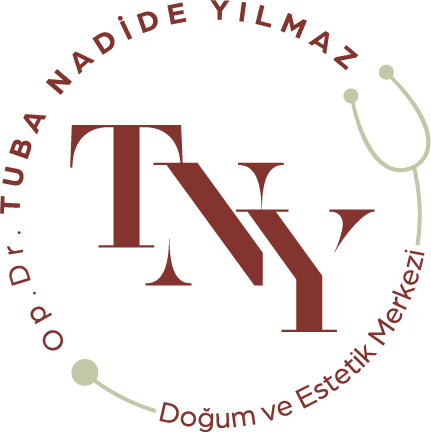What is VBAC? Vaginal Birth After Cesarean
Vaginal delivery after cesarean section has become an increasingly debated topic in modern medical practice. There are many opinions among expectant mothers and health professionals about the advantages and disadvantages of this method. In this article, we will discuss what VBAC (vaginal birth after caesarean section) is, who it is suitable for and its potential benefits and risks.
What is Vaginal Birth After Cesarean Section?
Caesarean Section sonrası vajinal doğum, bir anne daha önce bir veya daha fazla sezaryen ameliyatı geçirdiyse, bir sonraki doğumunu vajinal yolla yapma sürecidir. Bu yöntem, geçmişte sezaryen ameliyatı geçiren anneler için bir seçenek olarak sunulur. Ancak, her hasta için uygun olmayabilir.
Who is it Suitable for?
- Previous Caesarean Section: Those who consider this method are usually mothers who have had a caesarean section in their previous births.
- Doctor's Advice: VBAC may be an option that your doctor considers suitable for you. Your doctor will evaluate this decision based on your current health condition and past surgeries.
- If you are in good health: Good general health makes you more likely to be a suitable candidate for VBAC.
Potential Benefits of VBAC
The reasons for choosing VBAC may be based on the following benefits:
Natural Birth Experience
Some mothers say that vaginal birth offers a natural experience and that they want to have this experience.
Fast Recovery Process
Recovery after vaginal birth can often be faster than after a caesarean section. This can help the mother to return to daily activities sooner.
Less Scarring
Vaginal birth does not leave a large scar on the body. This can be an aesthetic choice for some mothers.
Risks of VBAC
Like any medical procedure, VBAC has some risks:
Risk of Rupture
During vaginal delivery, the previous cesarean incision can rupture, which can lead to a serious complication.
Danger of Infection
Vaginal delivery can increase the risk of infection. Therefore, careful monitoring may be needed.
Fast Decision Making
In some cases, an emergency caesarean section may be necessary. This decision must be taken quickly.
Conclusion
VBAC may be an attractive option for many mothers, but it may not be suitable for every patient. It is therefore important to have a detailed discussion with your primary health care professional. You should listen to your doctor's advice to determine which method of delivery is best for you.
Frequently Asked Questions
1. What is the difference between VBAC and normal vaginal delivery?
SSVD refers to the process of giving birth vaginally after a previous caesarean section. Normal vaginal birth applies to mothers who have not had any previous surgery.
2. What are the risks of VBAC?
Potential risks of VBAC include the risk of rupture, the danger of infection and the need for rapid decision-making.
3. In which cases is VBAC preferred?
Generally, those who have had a cesarean section in the past and on doctor's advice can opt for VBAC. However, the situation may be different for each patient.
4. What is the recovery process after VBAC?
Recovery after vaginal delivery is usually faster than after a caesarean section. However, the healing process may vary from person to person.
5. What are the aesthetic advantages of VBAC?
Vaginal birth does not leave a large scar on the body, which is an aesthetic advantage for some mothers.









